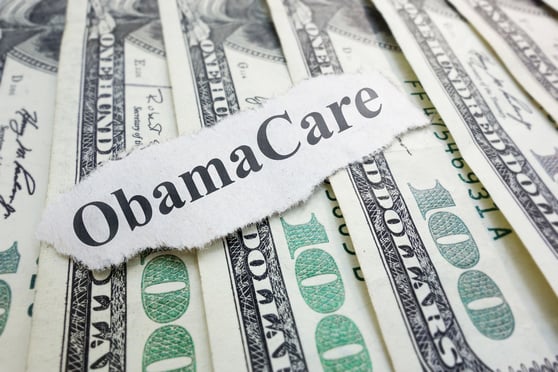With 2016 in the rearview mirror, what will this year hold forpopulation health management programs? Judging by our conversationswith employers and consultants alike, we see three themesemerging.
|Total well-being
Employers will continue to expand the concept of wellness beyondjust physical health. Total well-being encompasses the full range ofwellness, including physical, mental, social and financial health. Indeed, a major technologycompany recently told us that mindfulness, positivity andcreativity are its foremost initiatives this year.
|This reflects a different way of thinking about health byfocusing on what is of value to the employee, such as happiness,life satisfaction, caring for family, contributing to the communityand preserving the environment.
|Examples of total well-being:
Mindfulness can be described very simply as the stateof being in the moment. Practicing mindfulness can help reducesymptoms of anxiety and depression, while helping to improvesleeping and eating habits.
Positivity involves promoting optimism and a gratefulattitude which can be facilitated through stress management andmindfulness programs.
Creativity is a basic human need according to research.Finding ways to stimulate creativity will be a priority this year.While not every job offers significant opportunities for innovationand creativity, employers should allow employees as much control aspossible over how to get their jobs done, while continuallyencouraging new ideas and enthusiasm.
Helping employees connect to a sense of purpose or being a partof something greater than oneself will also drive greaterengagement and sense of community.
|Big data
By integrating multiple data sources and applying sophisticatedanalytics, employers will increasingly be able to identify riskfactors that are predictors for chronic disease, better understanddisease progression and assess geographic and social determinantsof health. Leveraging this data will enable insights for targetedstrategy and program recommendations.
|Related: 2017 HR screening trends to watch
|Big data will also be used more frequently to personalizewellness offerings to provide relevant feedback and support to helpemployees reach their goals.
|For example, an intelligent computer system could recognize thatan employee hasn’t completed an e-learning wellness course and sendher a message asking if she needs assistance or prefers telephoniccoaching instead. It may also try to motivate her by noting thather co-worker in accounting has nearly finished the course, or thatover half of the firm’s employees had completed it. Alternatively,it might suggest that she focus instead on her other goals, such asimproved nutrition, and ask her if she would like resources aboutthat topic.
|Another example: Using data reported by employees, an employercould ascertain that some are far more concerned with achievingfinancial wellness than they are with quitting smoking or losing afew pounds.
|Thus, the employer could provide these employees with financialplanning resources, rather than communicating with them abouttobacco cessation or weight loss programs.
|Incentives
While employers have long used incentives to encourage wellnessprogram engagement, they are rethinking how to more efficientlyleverage both financial and non-financial rewards. We will seeshifts from individual incentives to group targets such as offeringan afternoon outing for employees of a business unit who complete afitness challenge.
|Related: Taking the 5D approach to health
|This approach is based on the growing recognition that peoplewith strong social connections are generally healthier than thosewho are socially isolated and aims to help build social bonds andsupport a culture of health.
|The use of non-financial rewards for program participation —such as social recognition from peers, certificates of achievementor perks such as preferential parking — will also gain momentumthis year.
|Employers will also begin shifting from financially focused togroup-oriented philanthropic models.
|For example, if employees at a firm’s sales divisioncollectively walk 1,000 miles per month, the firm would make adonation to a local non-profit charitable organization. Or, at theindividual level, for every employee who gets a cancer screening,the employer could provide a free cancer screening for a low-incomeindividual in the local community who can’t afford one.
|In short, with the help of advancements in technology, and adeeper understanding of how peers, supervisors, family and friendsinfluence health, innovative employers will reposition theirworksite health promotion efforts by moving to a consumer-firstmodel that builds programs around the needs and goals ofemployees.
Complete your profile to continue reading and get FREE access to BenefitsPRO, part of your ALM digital membership.
Your access to unlimited BenefitsPRO content isn’t changing.
Once you are an ALM digital member, you’ll receive:
- Critical BenefitsPRO information including cutting edge post-reform success strategies, access to educational webcasts and videos, resources from industry leaders, and informative Newsletters.
- Exclusive discounts on ALM, BenefitsPRO magazine and BenefitsPRO.com events
- Access to other award-winning ALM websites including ThinkAdvisor.com and Law.com
Already have an account? Sign In
© 2024 ALM Global, LLC, All Rights Reserved. Request academic re-use from www.copyright.com. All other uses, submit a request to [email protected]. For more information visit Asset & Logo Licensing.








